Home>Furniture & Design>Bathroom Accessories>What Should Be In A Kitchen First Aid Kit
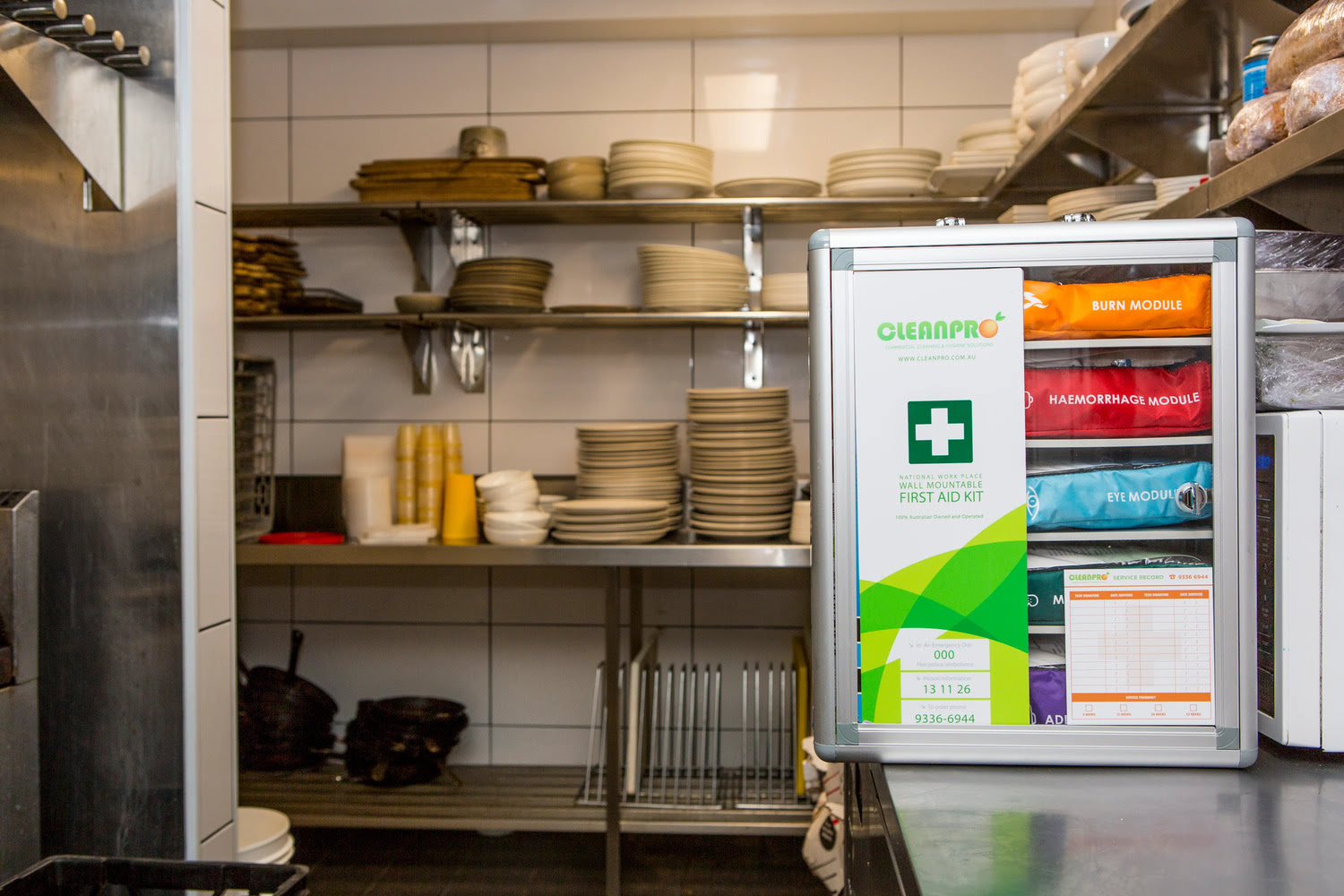

Bathroom Accessories
What Should Be In A Kitchen First Aid Kit
Modified: August 16, 2024
Ensure your kitchen is equipped with essential first aid supplies. Find out what to include in a kitchen first aid kit. Keep your family safe and prepared.
(Many of the links in this article redirect to a specific reviewed product. Your purchase of these products through affiliate links helps to generate commission for Storables.com, at no extra cost. Learn more)
Introduction
When it comes to the heart of the home, the kitchen, safety should always be a top priority. Accidents can happen at any time, and having a well-equipped first aid kit readily available can make all the difference in handling minor mishaps effectively. Whether it's a small cut from a kitchen knife, a burn from a hot stove, or a bump from a low-hanging cabinet, having the essential first aid supplies within arm's reach can provide quick relief and prevent further complications.
In this comprehensive guide, we will explore the essential items that should be included in a kitchen first aid kit. From basic supplies to specific kitchen hazards and additional items tailored to the culinary environment, we will cover everything you need to know to ensure the safety and well-being of everyone in the kitchen. So, let's dive in and equip ourselves with the knowledge and tools to handle any kitchen-related mishaps with confidence and efficiency.
Key Takeaways:
- Keep your kitchen first aid kit stocked with essentials like bandages, gauze, and antiseptic wipes to handle minor mishaps effectively and prevent infections.
- Tailor your kitchen first aid kit with items like burn gel, finger protectors, and eye wash solution to address specific kitchen hazards and ensure comprehensive care for injuries.
Read more: What Should Be In A Dog First Aid Kit?
Basic First Aid Supplies
Every kitchen first aid kit should be stocked with essential supplies to address common injuries and accidents that may occur while cooking or handling kitchen tools. Here are the basic first aid supplies that should be included:
1. Adhesive Bandages
Adhesive bandages, commonly known as Band-Aids, are a must-have in any first aid kit. They are ideal for covering small cuts and abrasions, providing protection against dirt and bacteria.
2. Gauze Pads and Medical Tape
Gauze pads and medical tape are essential for dressing larger wounds or burns. They help to absorb blood and prevent infections, while the medical tape secures the gauze in place.
3. Antiseptic Wipes or Solution
Antiseptic wipes or solution are crucial for cleaning and disinfecting wounds to prevent infection. They are effective in killing bacteria and reducing the risk of contamination.
Read more: What Should Be In A School First Aid Kit
4. Tweezers and Scissors
Tweezers and scissors are handy tools for removing splinters, cutting gauze or medical tape, and performing minor wound care procedures.
5. Disposable Gloves
Disposable gloves are essential for protecting the caregiver from exposure to blood or bodily fluids while attending to an injured person.
6. Instant Cold Compress
An instant cold compress can provide quick relief for minor burns, bruises, or swelling. It helps reduce pain and inflammation when applied to the affected area.
7. Thermometer
A thermometer is essential for monitoring body temperature, especially when dealing with burns or cases of food poisoning.
Read more: What Should Be In A Horse First Aid Kit
8. First Aid Manual
Including a first aid manual in the kit is crucial for providing guidance on how to administer basic first aid treatments for various injuries and emergencies.
By ensuring that your kitchen first aid kit is equipped with these basic supplies, you can effectively address minor injuries and provide immediate care in the event of accidents. It's important to regularly check and replenish the supplies to maintain the kit's readiness for any unforeseen circumstances.
Specific Kitchen Hazards
The kitchen is a dynamic environment where various hazards can pose risks to individuals working in this space. Understanding these specific kitchen hazards is essential for preparing a comprehensive first aid kit tailored to address potential injuries and accidents.
-
Cuts and Lacerations:
Kitchen knives, slicers, and other sharp utensils are essential tools for food preparation but can also cause cuts and lacerations if not handled carefully. These injuries are common in kitchens and can range from minor cuts to more severe lacerations. -
Burns and Scalds:
The presence of hot surfaces, boiling liquids, and steam in the kitchen makes burns and scalds a significant risk. Contact with hot pans, ovens, or splattering oil can lead to varying degrees of burns, requiring immediate attention. -
Choking and Airway Obstruction:
Food preparation involves handling ingredients that can present a choking hazard, especially for individuals working in a fast-paced kitchen environment. Accidental ingestion of small objects or food particles can lead to choking and airway obstruction. -
Slip and Fall Accidents:
Spills, wet floors, and cluttered pathways in the kitchen can contribute to slip and fall accidents. These incidents can result in bruises, sprains, or more serious injuries if not promptly addressed. -
Electrical Injuries:
The use of kitchen appliances and electrical equipment introduces the risk of electrical injuries. Accidental contact with faulty wiring or malfunctioning appliances can lead to electric shocks, requiring immediate first aid intervention.
Understanding these specific kitchen hazards empowers individuals to proactively address potential risks and prepare for emergencies. By acknowledging these potential dangers, individuals can take preventive measures and ensure that their kitchen first aid kit is equipped to handle these specific injuries effectively.
Additional Items for Kitchen First Aid Kit
In addition to the basic first aid supplies, there are specific items that are particularly beneficial for addressing injuries and accidents commonly encountered in the kitchen environment. These additional items can enhance the effectiveness of a kitchen first aid kit and ensure comprehensive care for individuals working in or around the kitchen.
1. Burn Gel or Burn Dressing
Burns are a prevalent kitchen injury, often caused by direct contact with hot surfaces, steam, or boiling liquids. Including burn gel or burn dressing in the first aid kit can provide immediate relief and aid in the treatment of minor burns. These specialized dressings are designed to cool and soothe the affected area, promoting faster healing and reducing the risk of infection.
2. Finger Cots or Finger Protectors
For individuals working extensively with knives and other sharp kitchen tools, finger cots or protectors can offer added protection against cuts and lacerations. These protective coverings fit over the fingers and provide a barrier to prevent accidental cuts while handling sharp objects, adding an extra layer of safety in the kitchen.
3. Eye Wash Solution
In a kitchen setting where cooking activities generate steam, smoke, and airborne particles, the risk of eye irritation or injury is heightened. Including an eye wash solution in the first aid kit can effectively flush out foreign particles or chemicals from the eyes, providing immediate relief in case of accidental exposure.
4. Sterile Saline Solution
Sterile saline solution is a versatile addition to the first aid kit, serving multiple purposes in treating kitchen-related injuries. It can be used for cleaning wounds, flushing debris from the eyes, or as a gentle irrigation solution for minor burns, adding to the kit's overall utility in addressing various types of injuries.
5. Antihistamine Tablets
Allergic reactions to food ingredients or environmental factors can occur in the kitchen, necessitating the inclusion of antihistamine tablets in the first aid kit. These tablets can provide relief from allergic symptoms such as itching, swelling, or hives, offering a proactive approach to managing allergic reactions in a kitchen setting.
Read more: What Is Inside A First Aid Kit
6. CPR Face Shield
In the event of a medical emergency requiring cardiopulmonary resuscitation (CPR), a CPR face shield can be a vital tool for providing a protective barrier while administering rescue breaths. Including this item in the first aid kit ensures preparedness for responding to cardiac emergencies within the kitchen or dining area.
By incorporating these additional items into the kitchen first aid kit, individuals can elevate the level of preparedness and care for addressing a wide range of injuries and emergencies specific to the culinary environment. These items not only complement the basic first aid supplies but also demonstrate a proactive approach to ensuring the safety and well-being of everyone in the kitchen.
Conclusion
In conclusion, maintaining a well-equipped kitchen first aid kit is an essential aspect of promoting safety and preparedness in any culinary setting. By understanding the specific hazards present in the kitchen environment and tailoring the contents of the first aid kit to address these risks, individuals can effectively mitigate the impact of injuries and accidents.
The basic first aid supplies, including adhesive bandages, gauze pads, antiseptic wipes, and essential tools, form the foundation of the kitchen first aid kit. These supplies enable individuals to provide immediate care for cuts, burns, and other minor injuries commonly encountered in the kitchen. Additionally, the inclusion of an instant cold compress, thermometer, and first aid manual enhances the kit's functionality and ensures comprehensive support for addressing various health concerns.
Moreover, recognizing the specific kitchen hazards, such as cuts, burns, choking incidents, and slip and fall accidents, empowers individuals to proactively prepare for potential emergencies. By acknowledging these risks, individuals can take preventive measures and equip the first aid kit with additional items, such as burn gel, finger protectors, and eye wash solution, to address these specific injuries effectively.
The incorporation of these additional items not only enhances the first aid kit's capabilities but also reflects a proactive approach to promoting a safe and secure kitchen environment. Furthermore, the inclusion of antihistamine tablets and a CPR face shield demonstrates a commitment to addressing allergic reactions and responding to medical emergencies, further elevating the level of preparedness and care within the kitchen space.
In essence, a well-prepared kitchen first aid kit serves as a crucial resource for providing immediate care and support in the event of injuries or health-related incidents. Regularly reviewing and replenishing the contents of the kit, along with providing training on basic first aid procedures, ensures that individuals are well-equipped to handle unforeseen circumstances with confidence and efficiency.
By prioritizing safety and preparedness through a comprehensive kitchen first aid kit, individuals can create a secure and supportive environment where everyone can enjoy the pleasures of cooking and culinary activities with peace of mind.
Frequently Asked Questions about What Should Be In A Kitchen First Aid Kit
Was this page helpful?
At Storables.com, we guarantee accurate and reliable information. Our content, validated by Expert Board Contributors, is crafted following stringent Editorial Policies. We're committed to providing you with well-researched, expert-backed insights for all your informational needs.
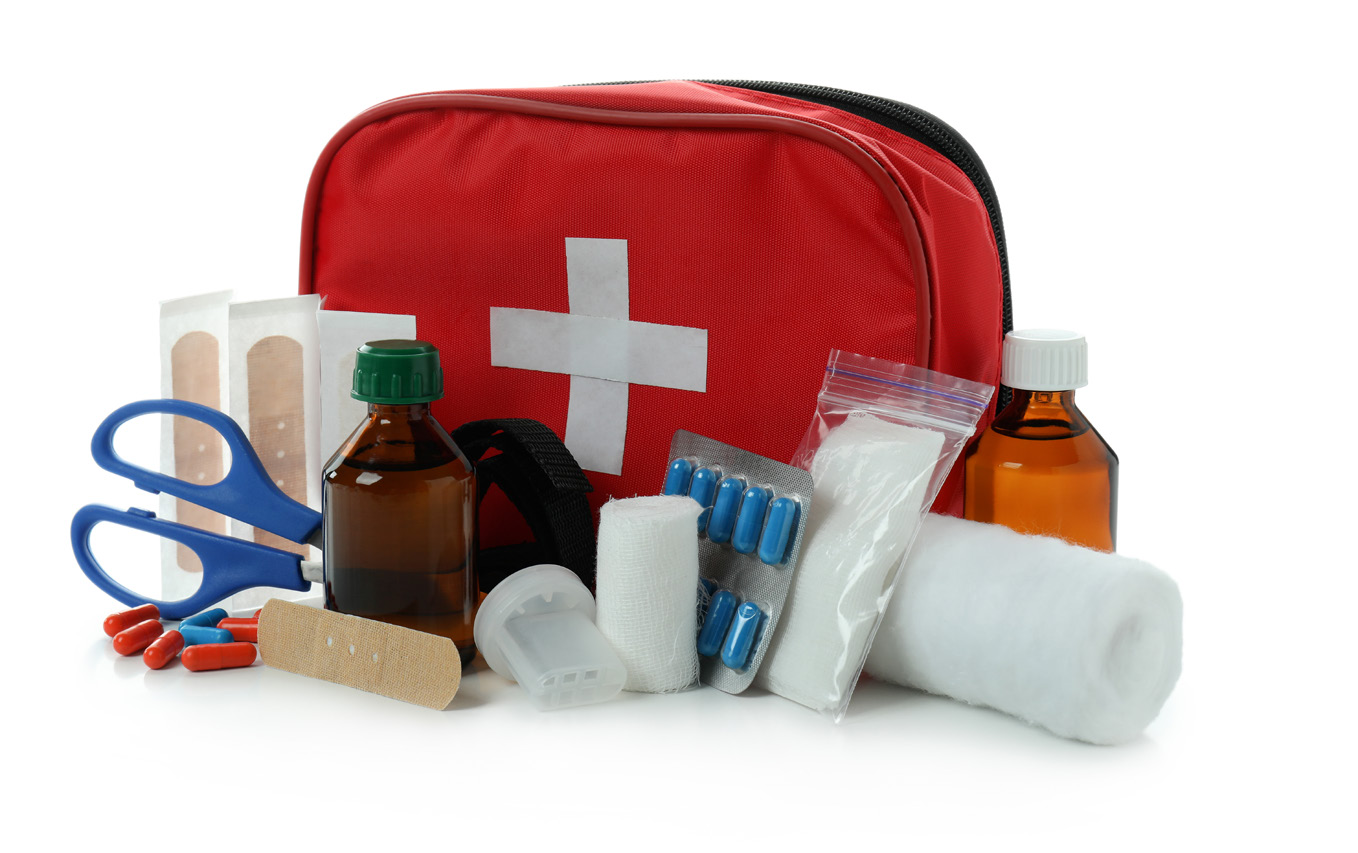
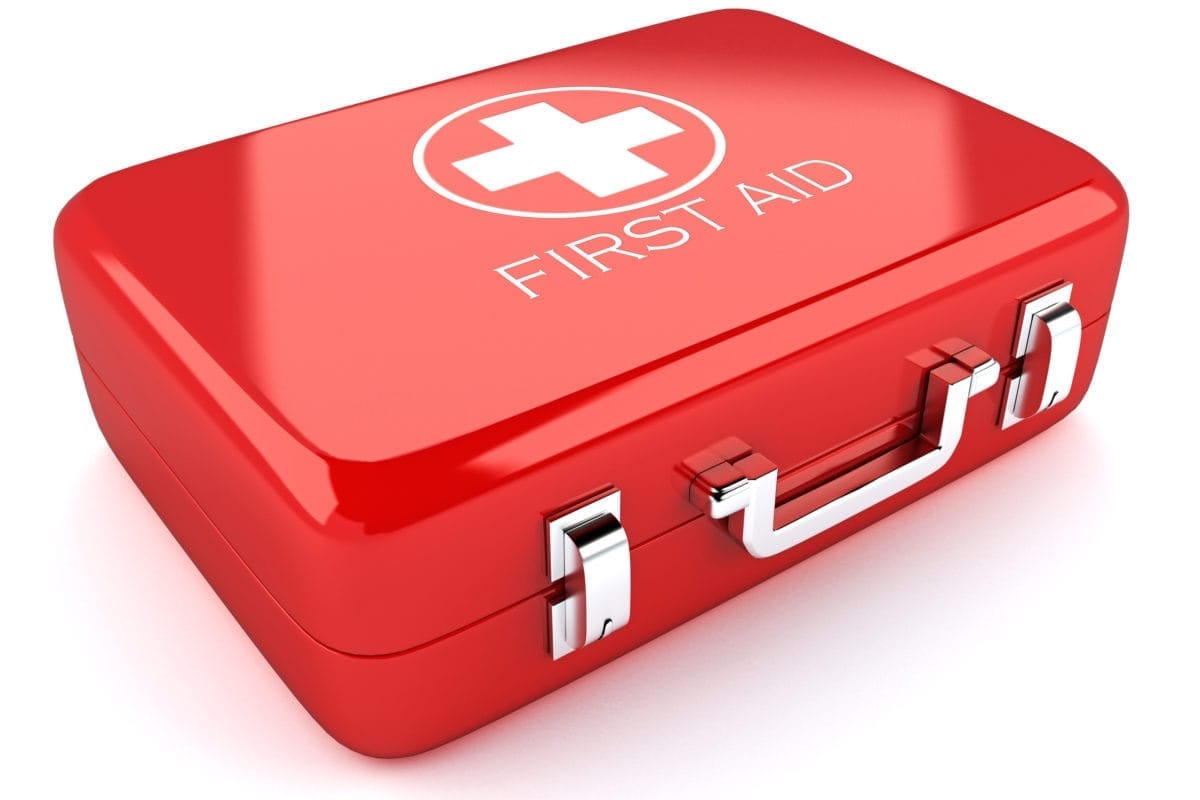
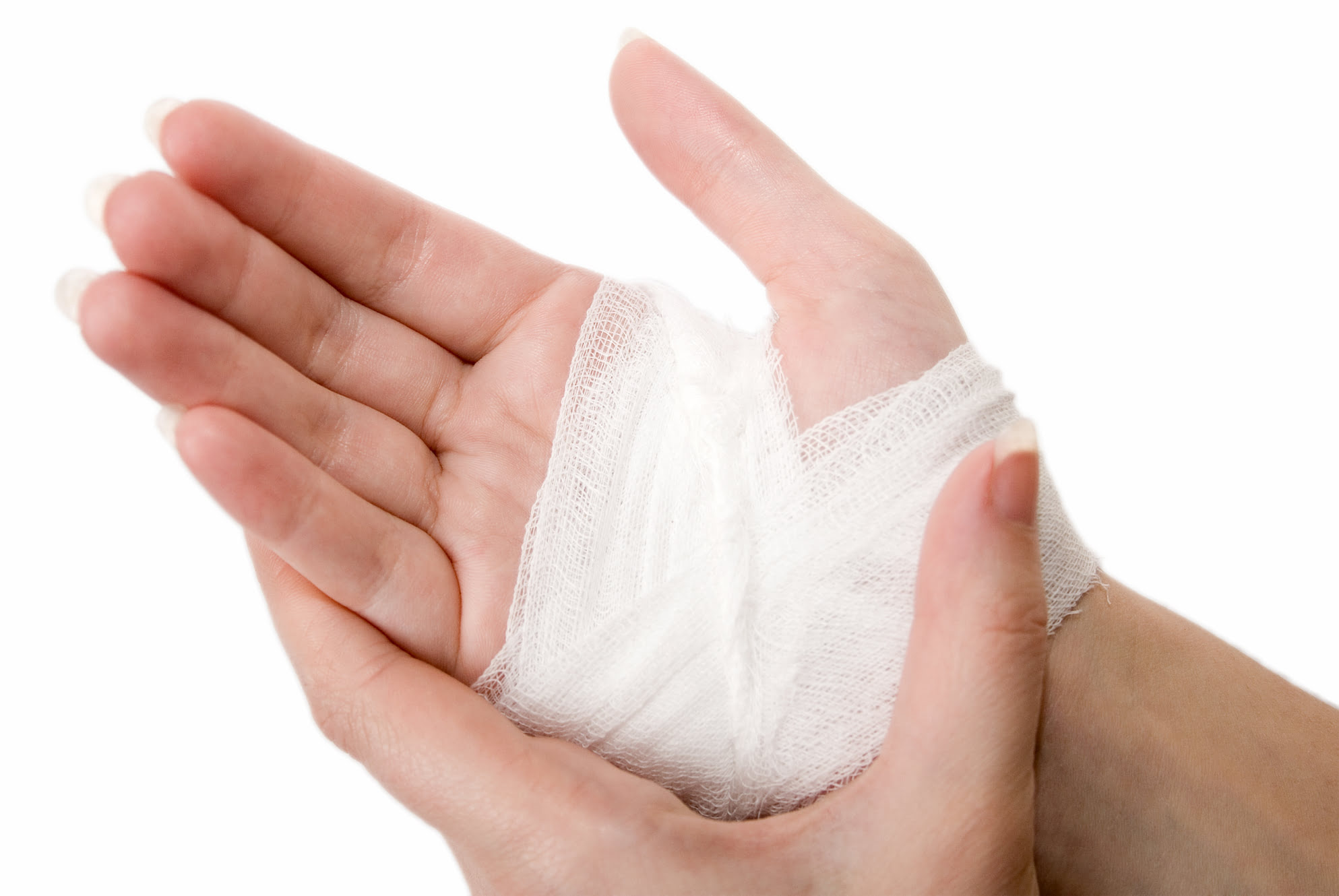
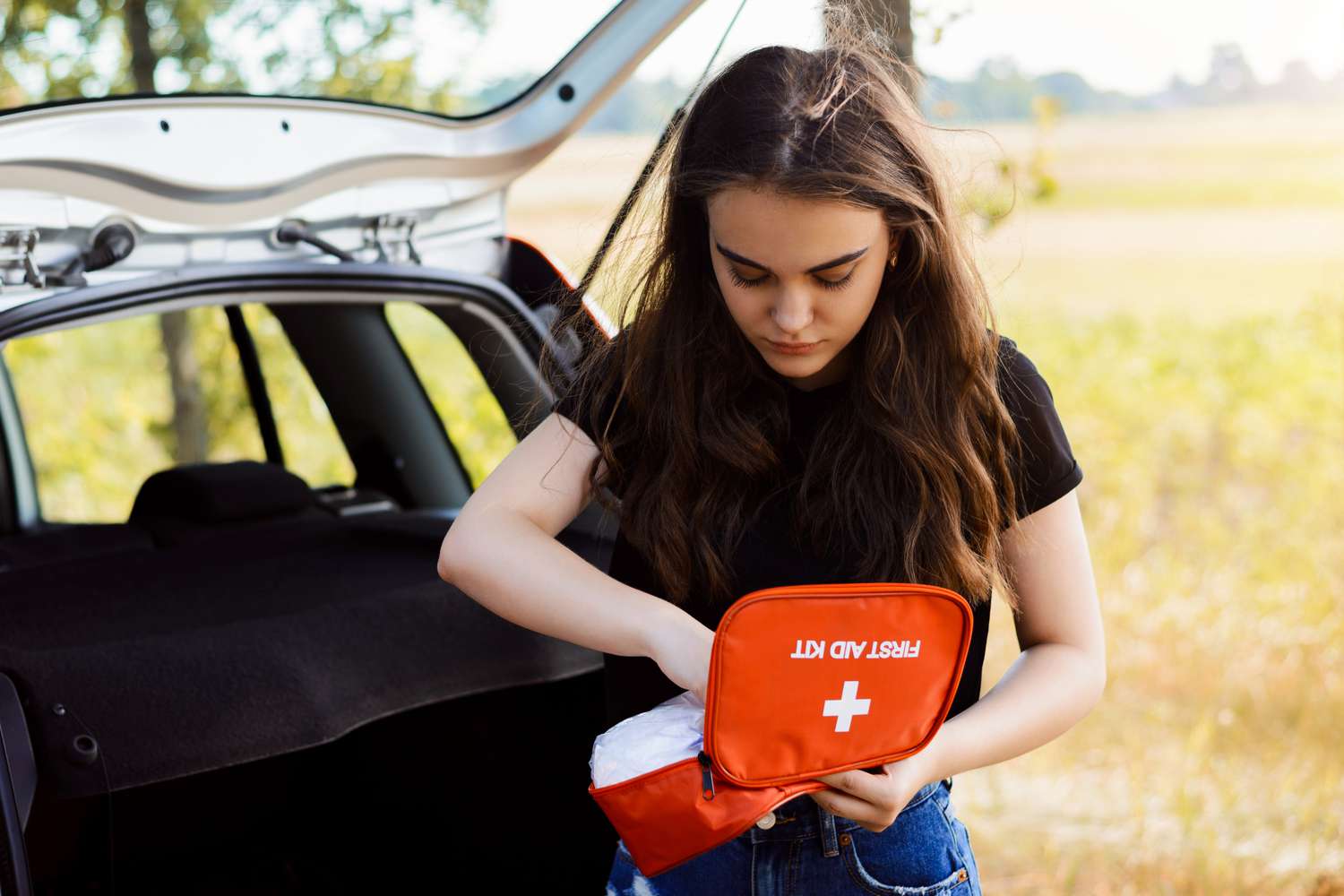
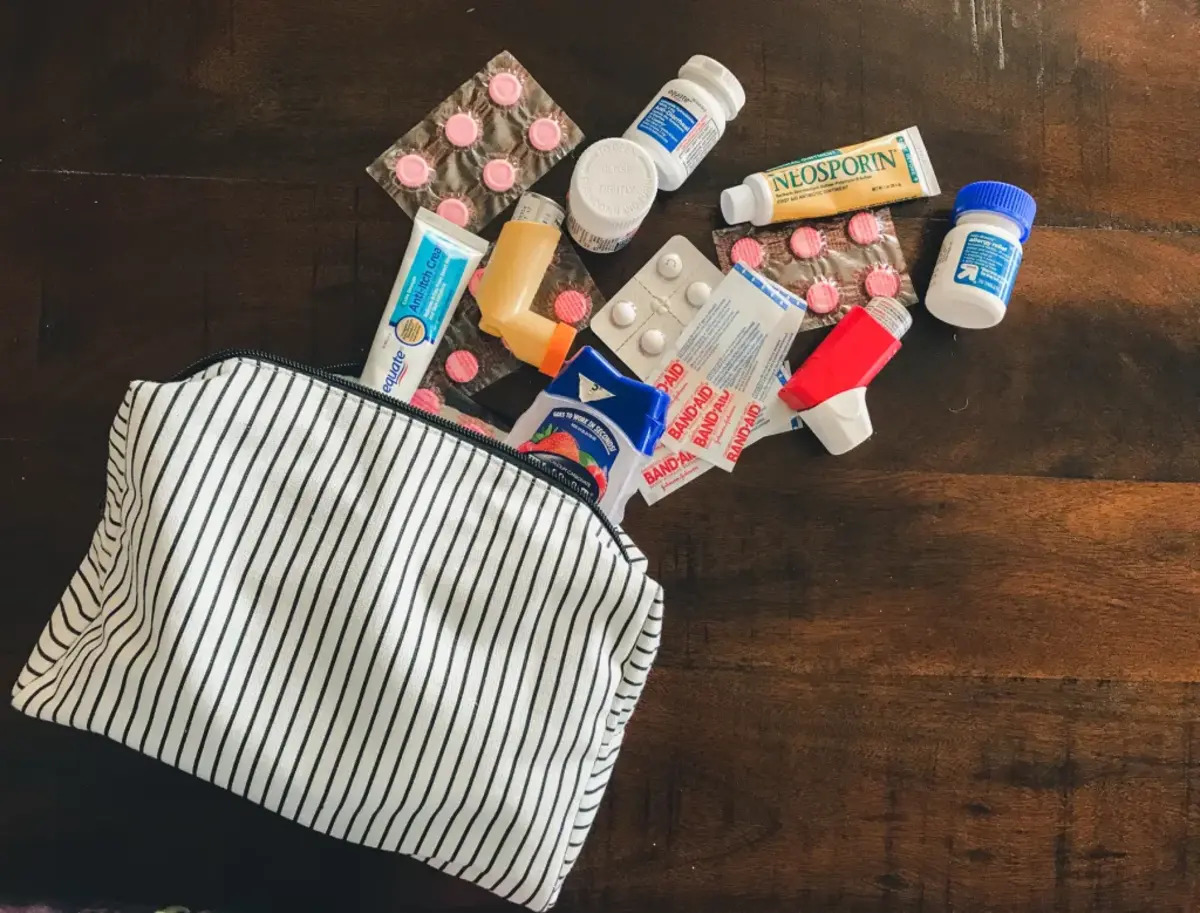
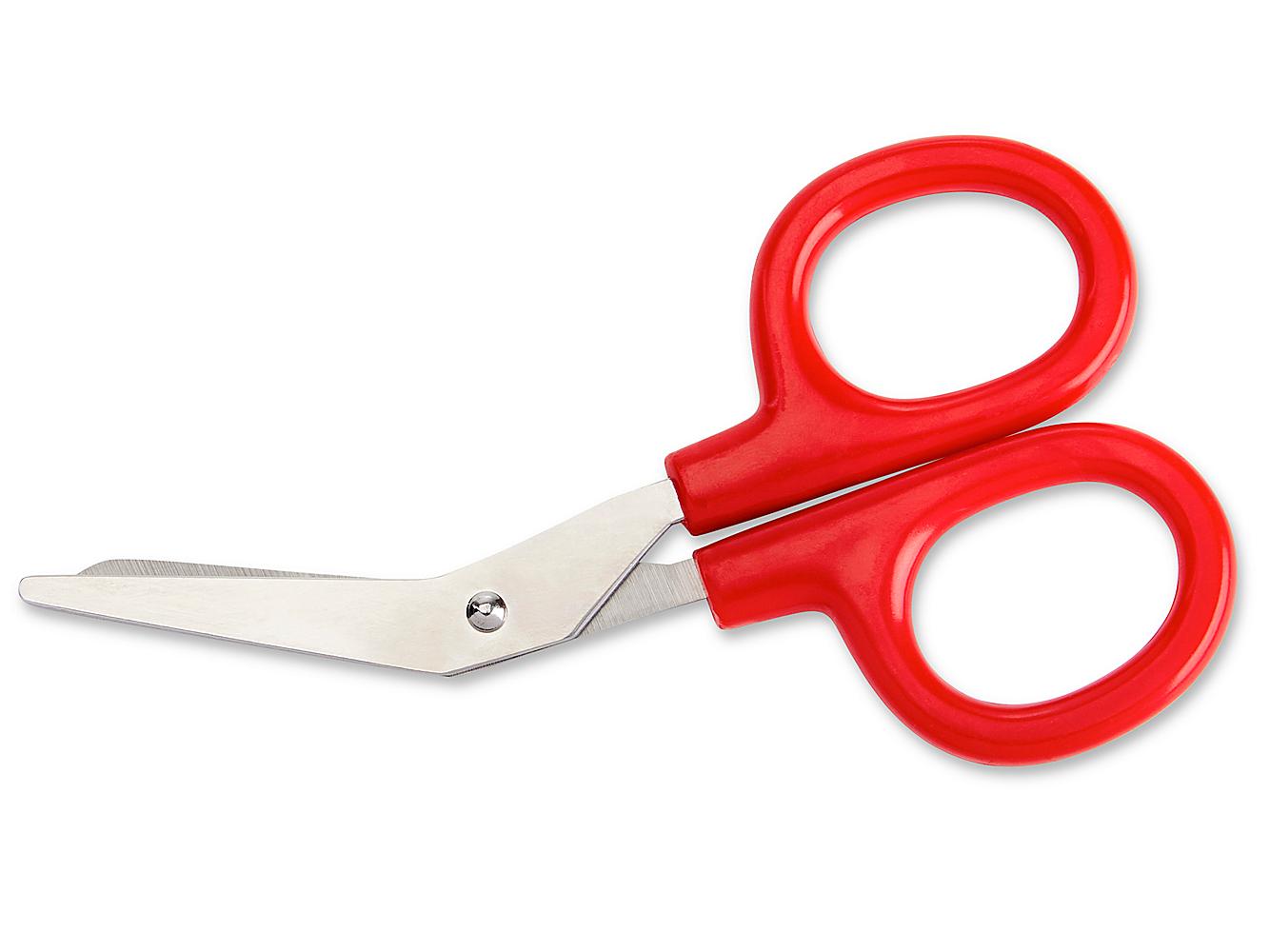
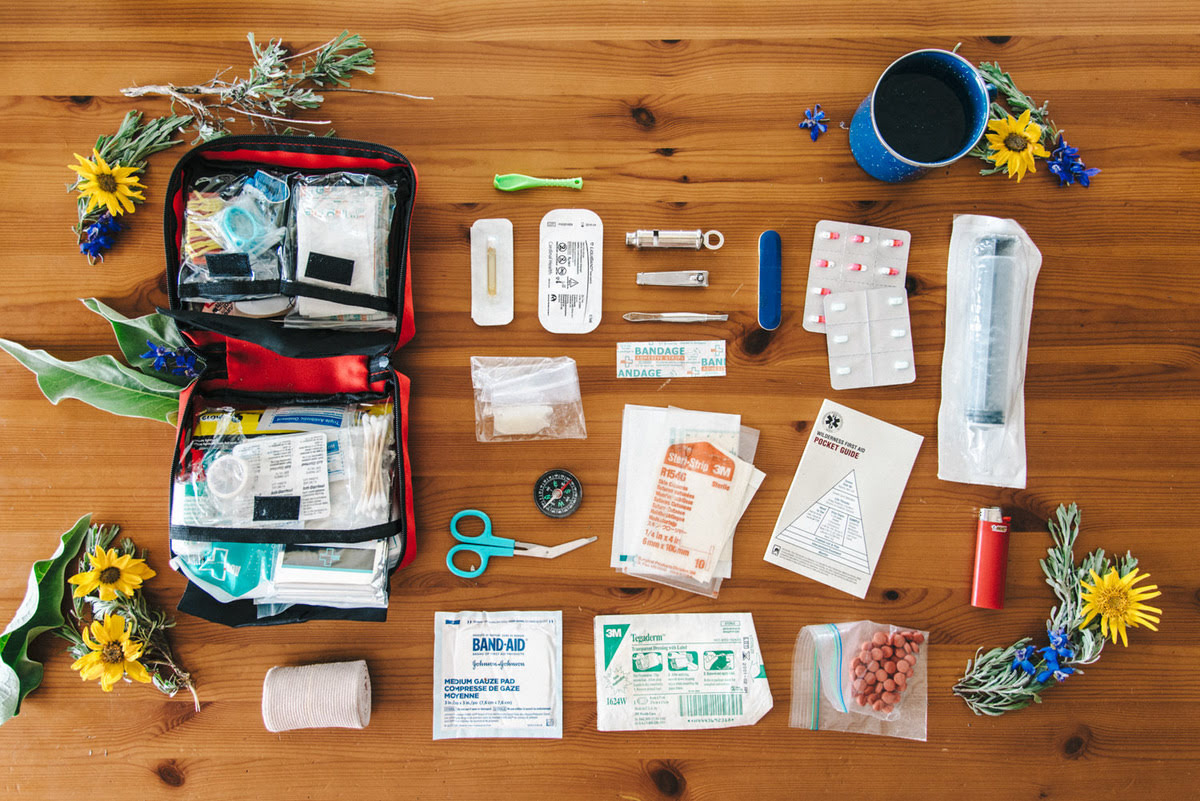
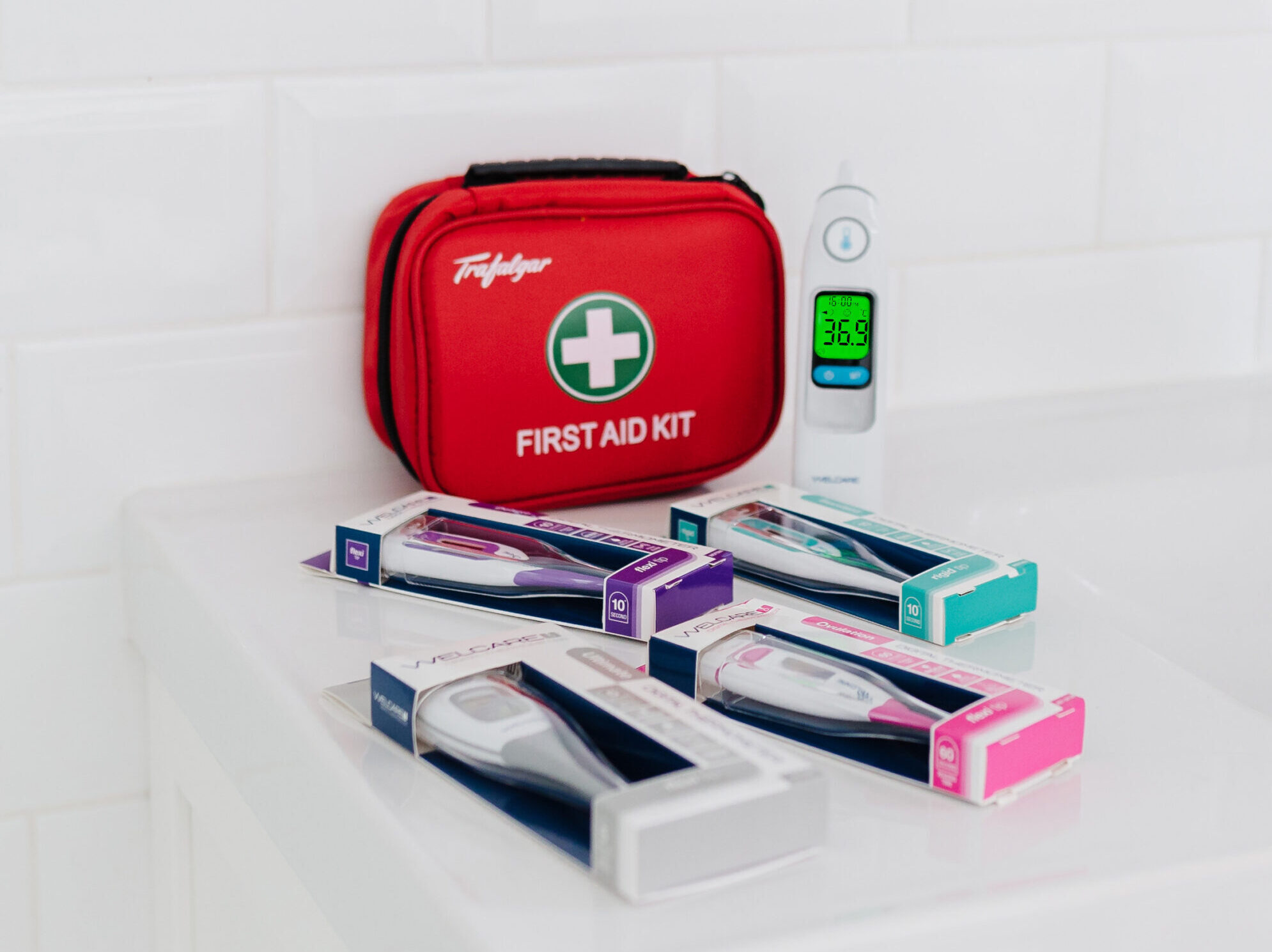
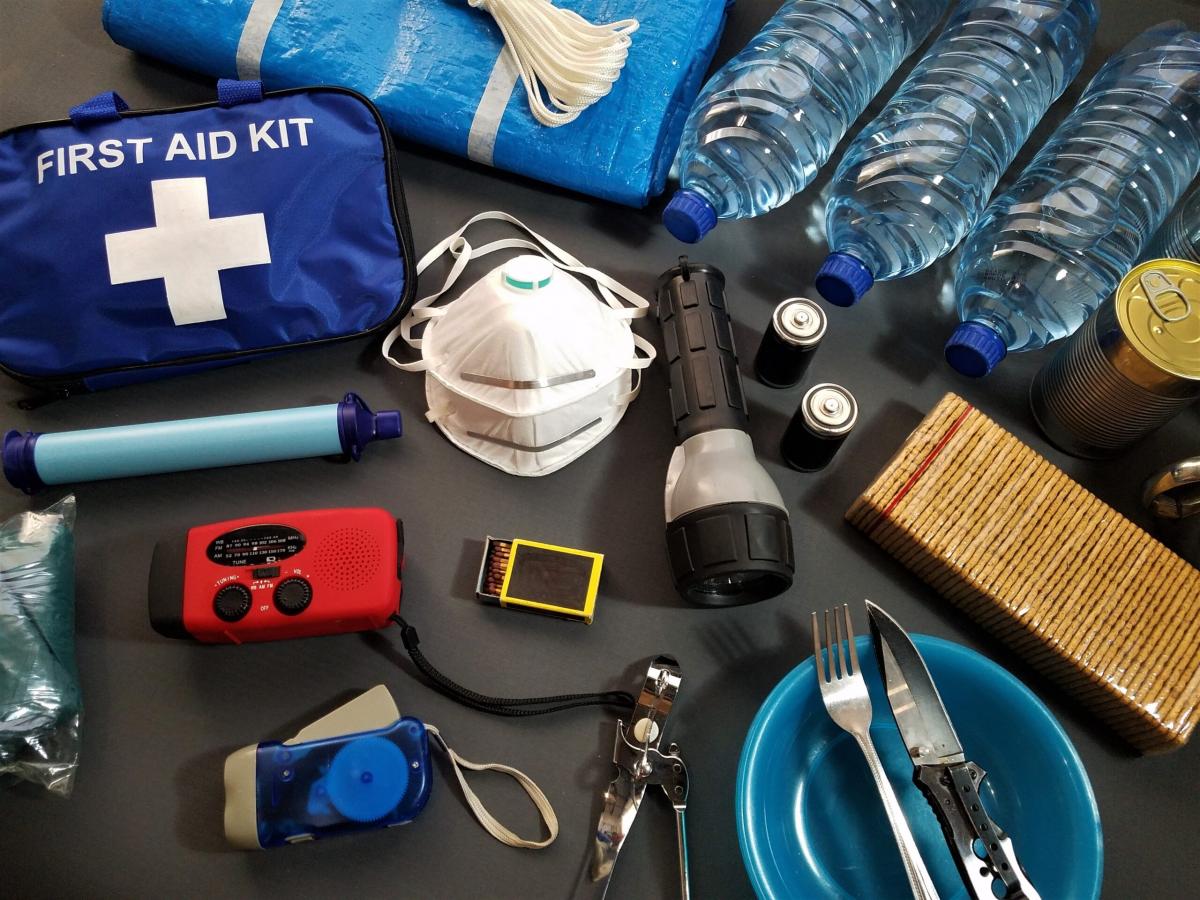

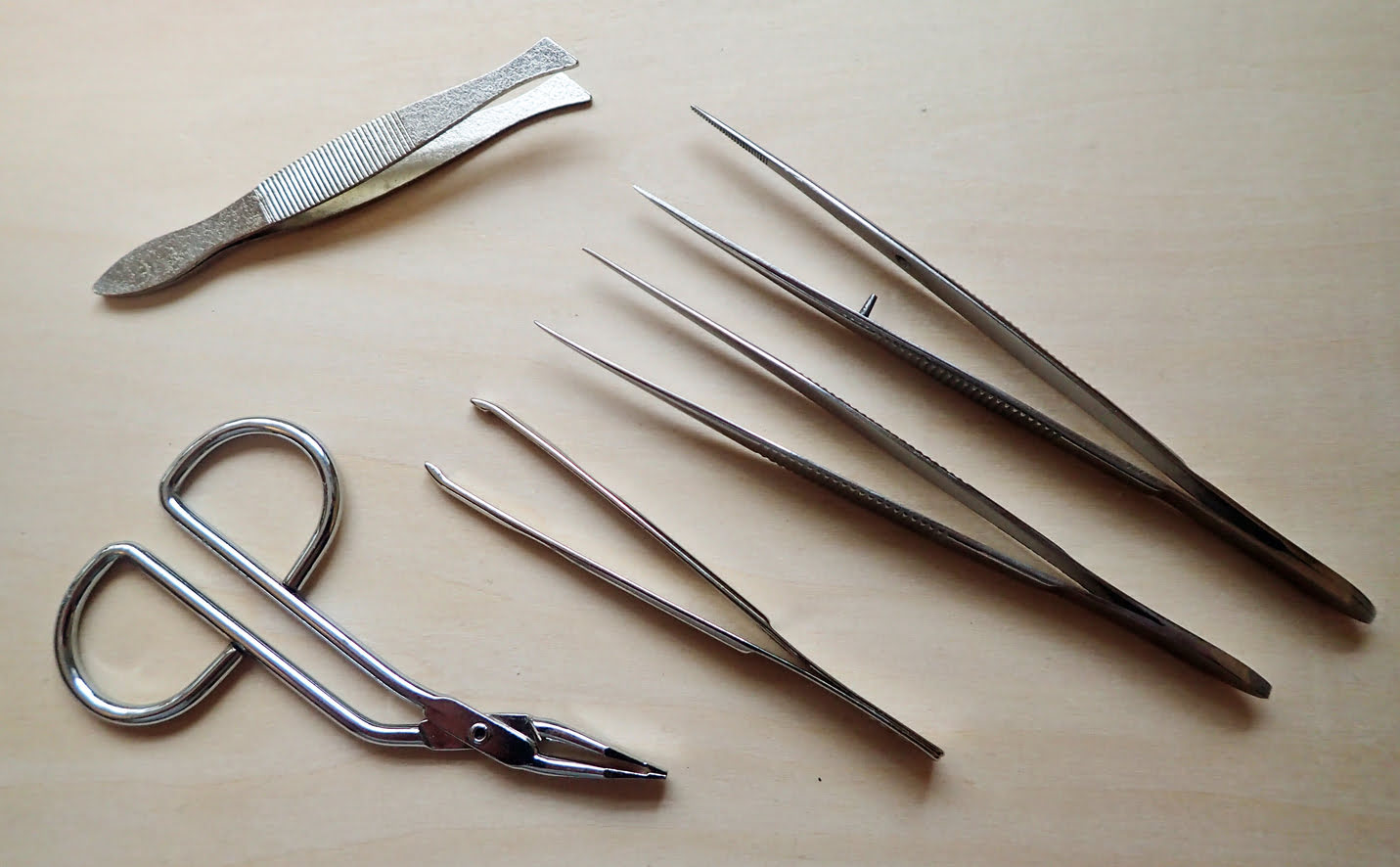

0 thoughts on “What Should Be In A Kitchen First Aid Kit”